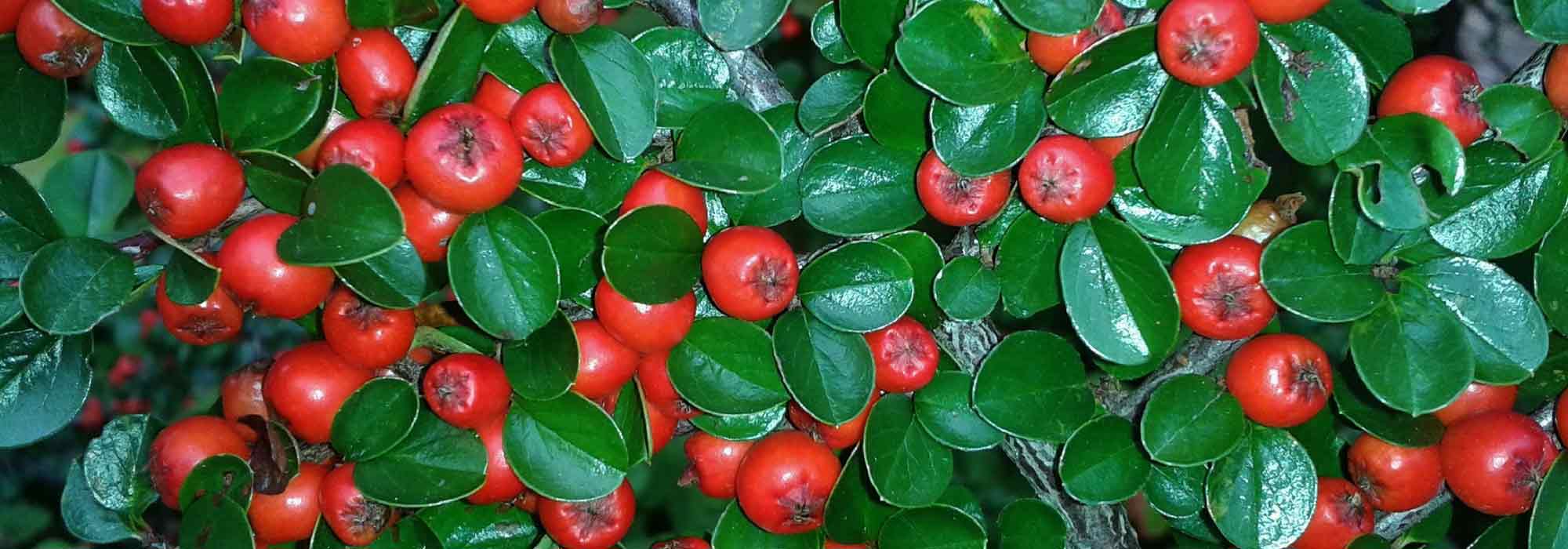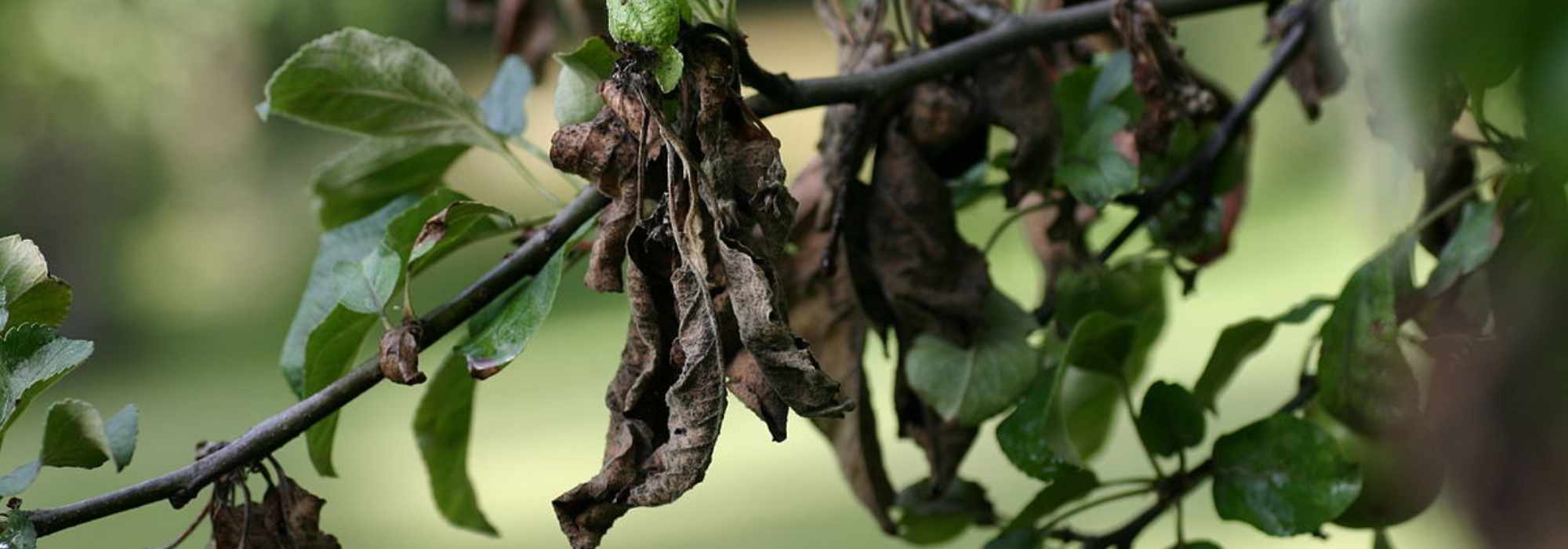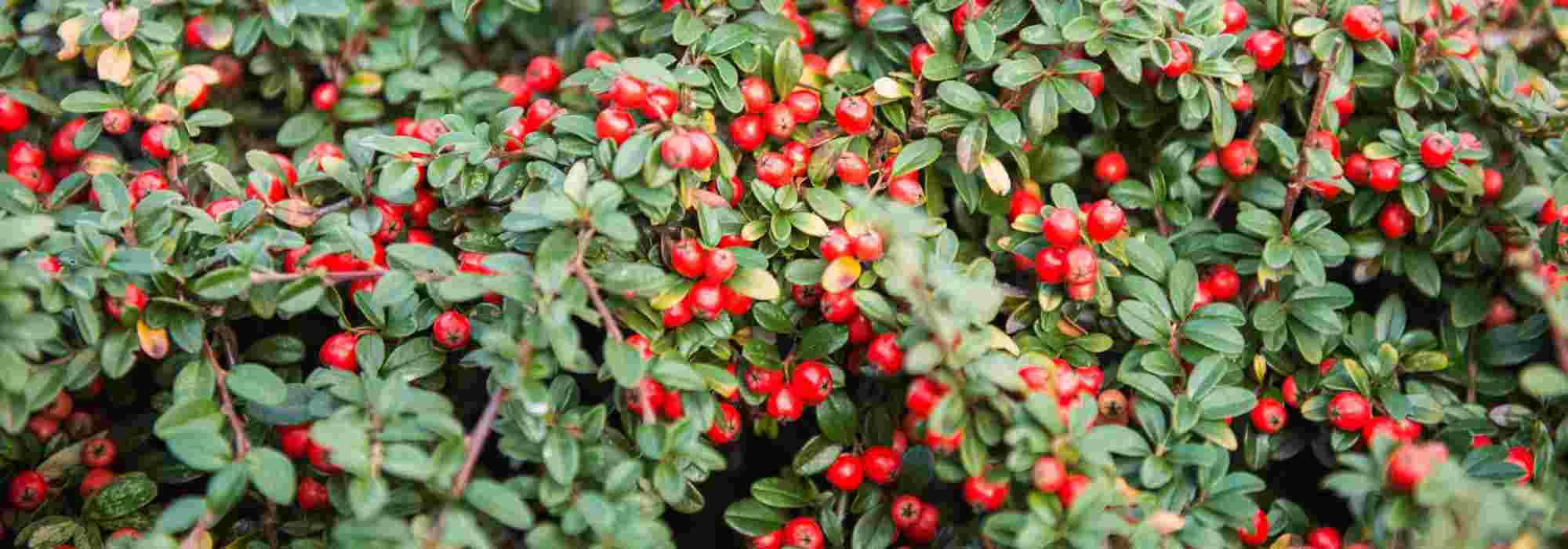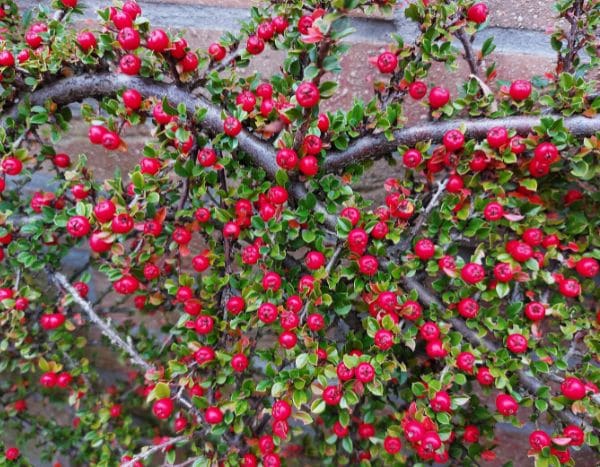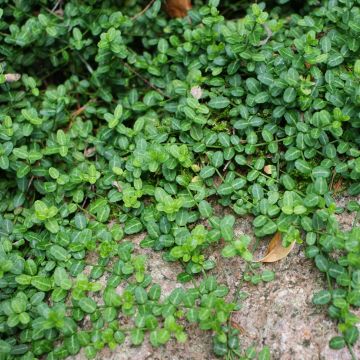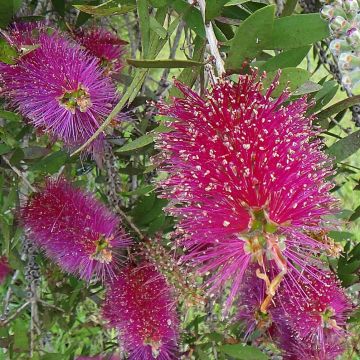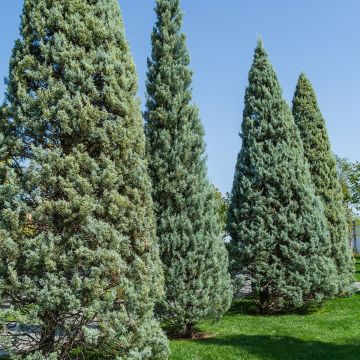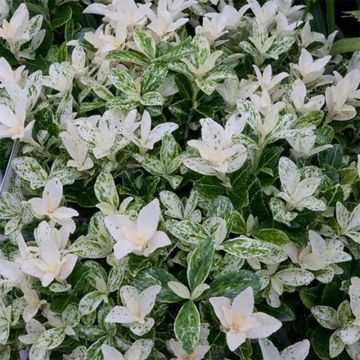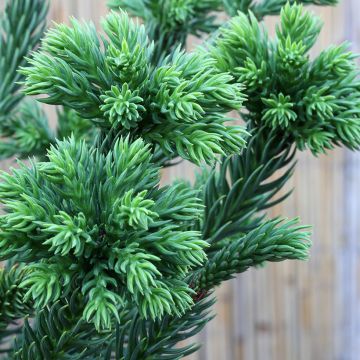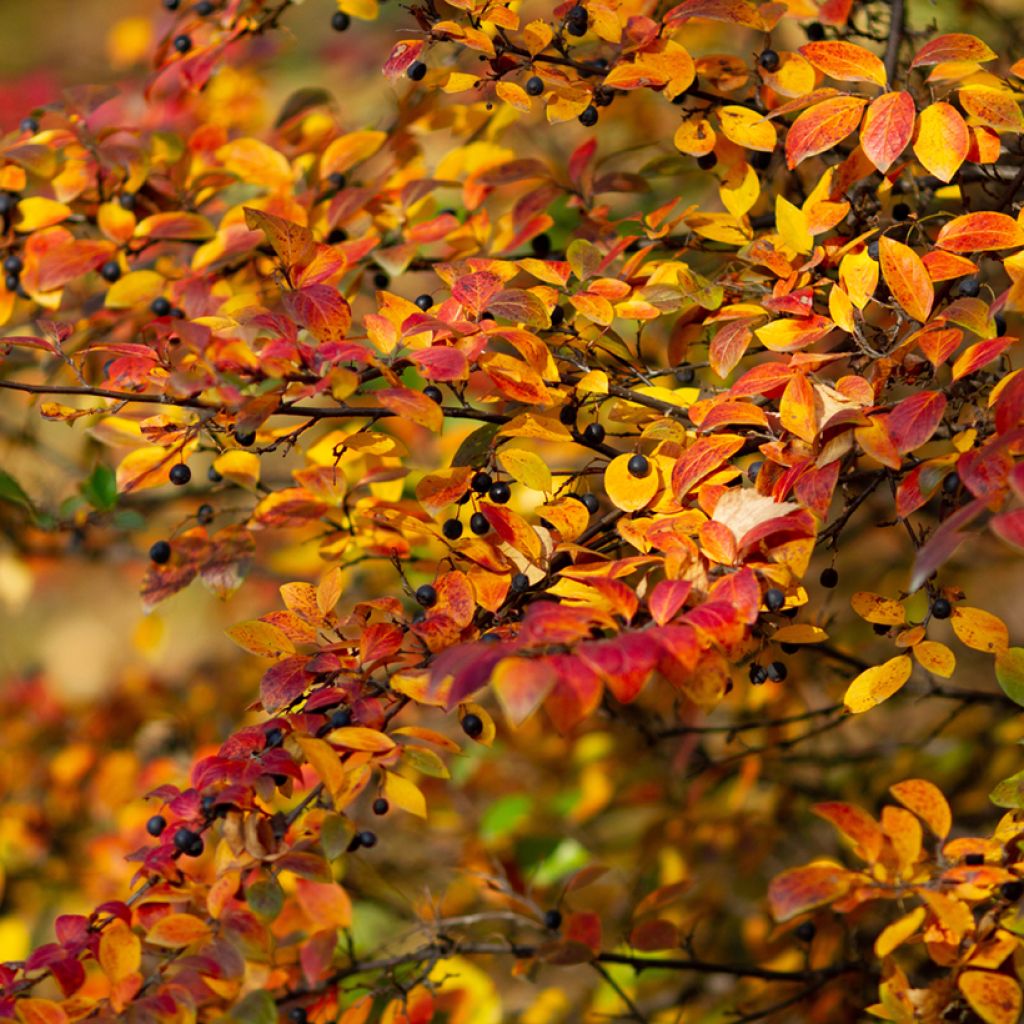

Cotoneaster lucidus
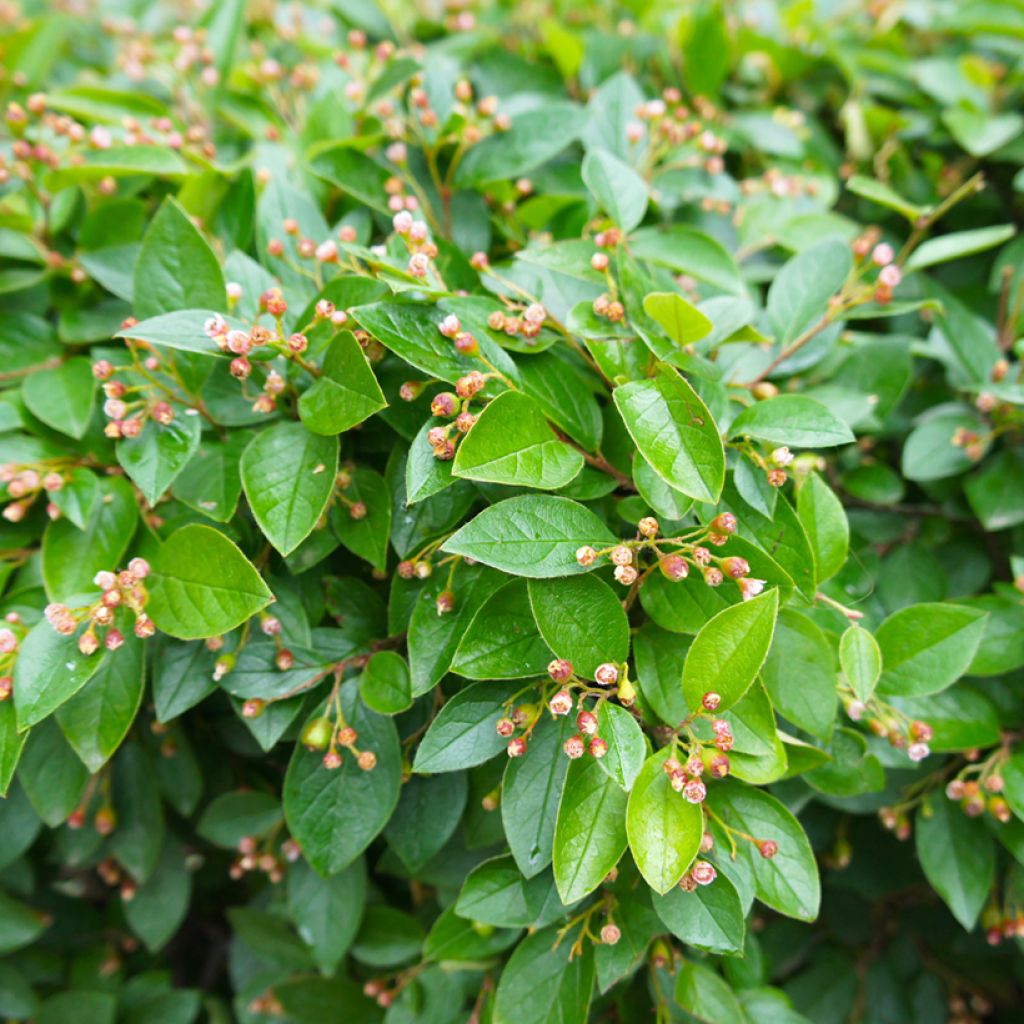

Cotoneaster lucidus
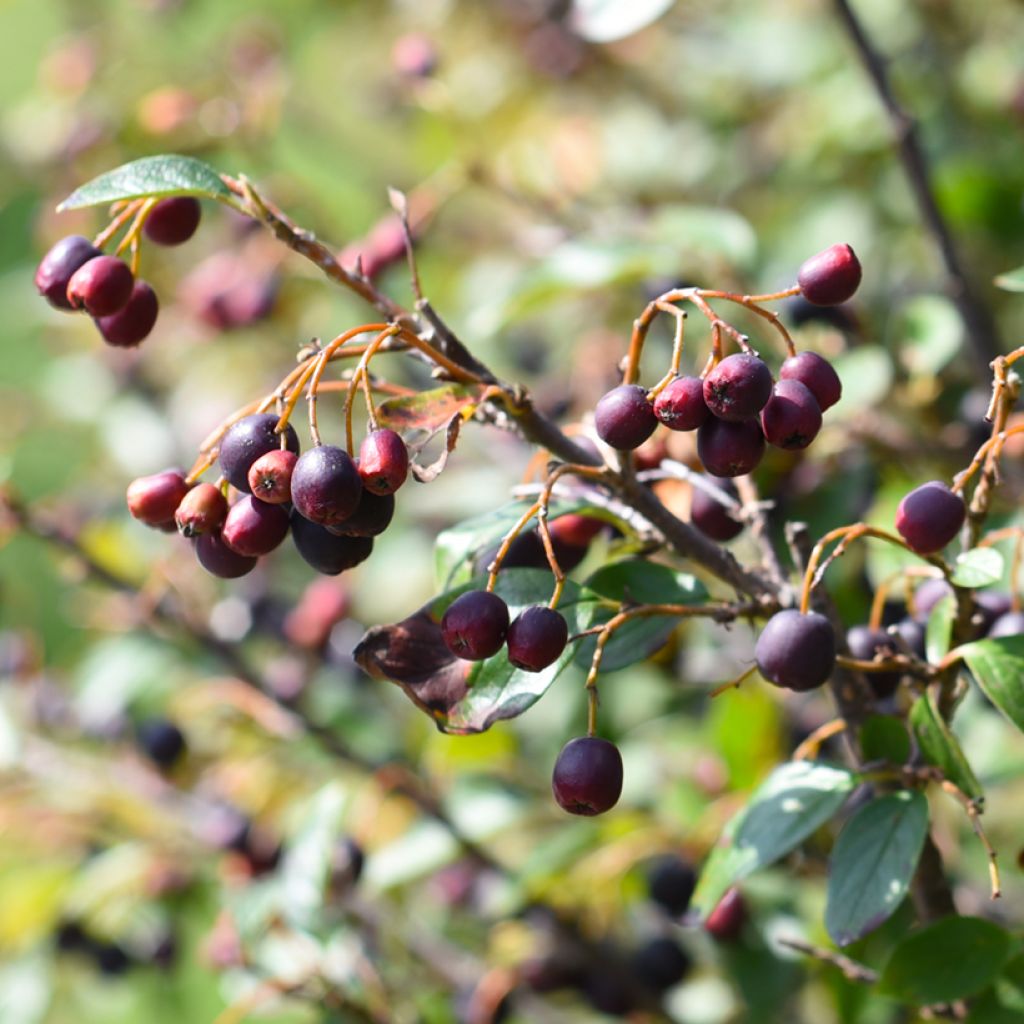

Cotoneaster lucidus
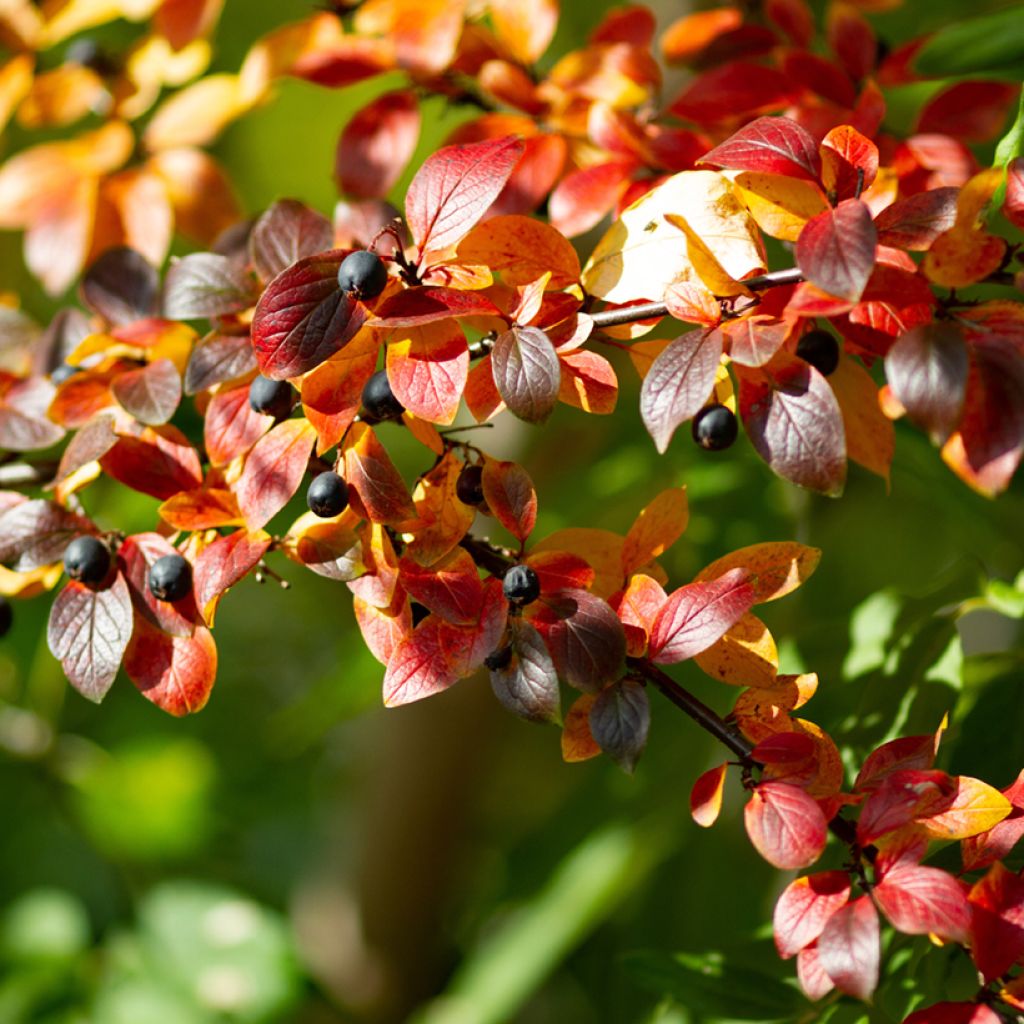

Cotoneaster lucidus


Cotoneaster lucidus
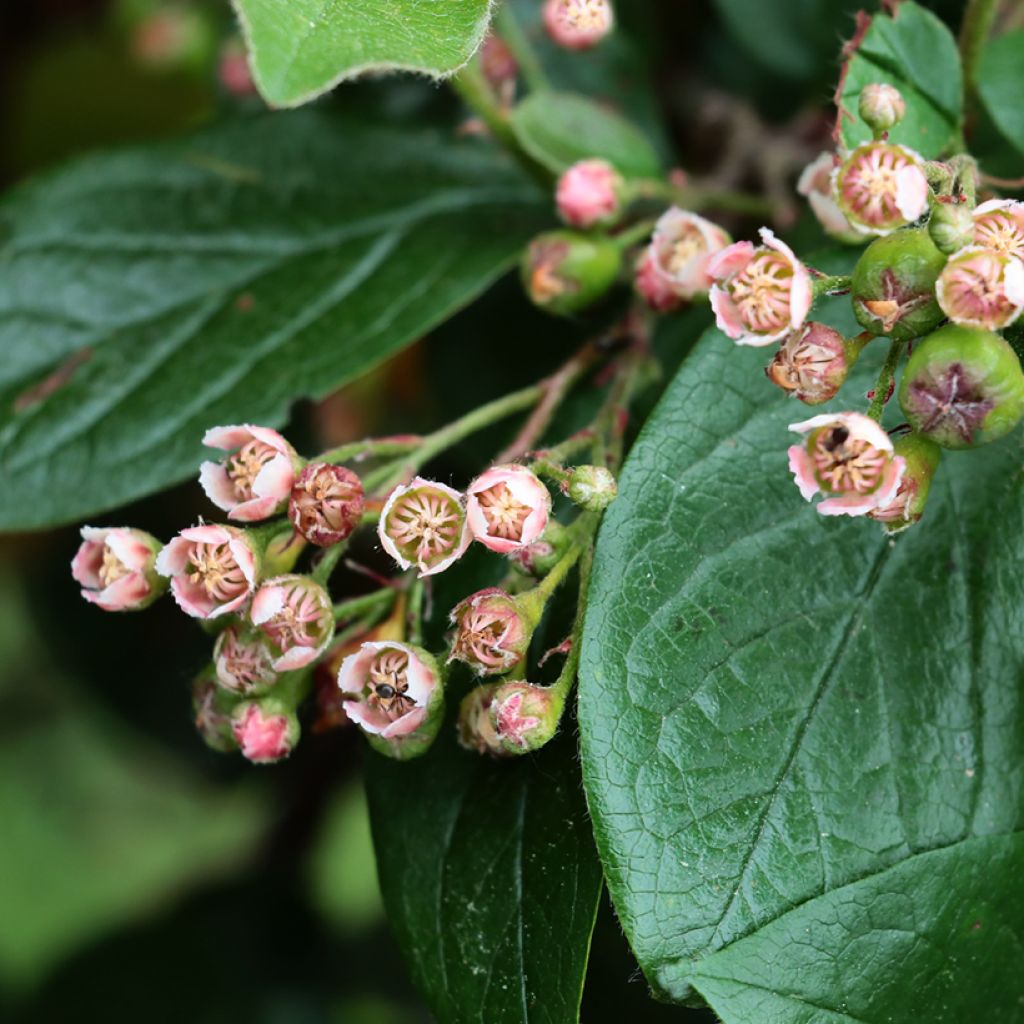

Cotoneaster lucidus
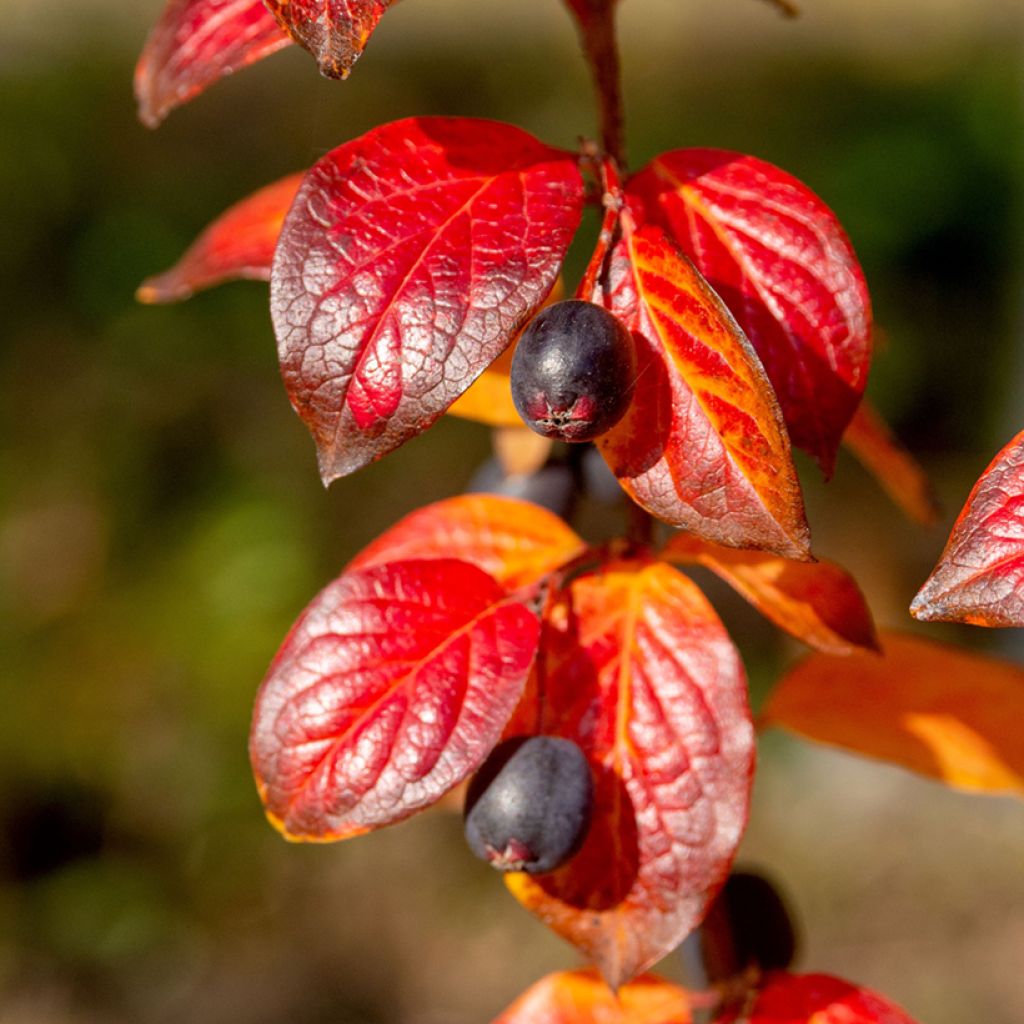

Cotoneaster lucidus


Cotoneaster lucidus
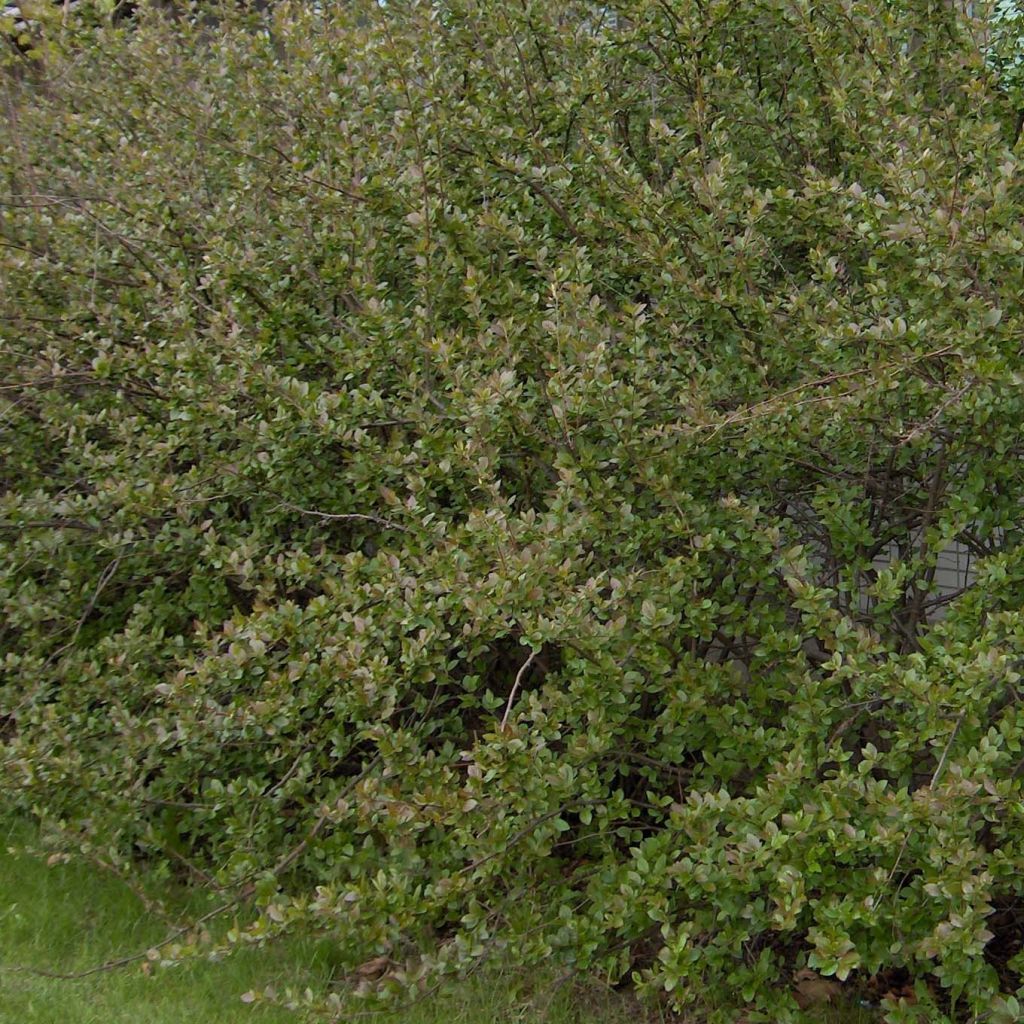

Cotoneaster lucidus
Cotoneaster lucidus
Cotoneaster lucidus
Shiny Cotoneaster, Hedge Cotoneaster
Yes, yes, delighted, I will see next autumn, planted in November 2019; I don't know if they have red berries....
Christine, 08/05/2020
Special offer!
Receive a €20 voucher for any order over €90 (excluding delivery costs, credit notes, and plastic-free options)!
1- Add your favorite plants to your cart.
2- Once you have reached €90, confirm your order (you can even choose the delivery date!).
3- As soon as your order is shipped, you will receive an email containing your voucher code, valid for 3 months (90 days).
Your voucher is unique and can only be used once, for any order with a minimum value of €20, excluding delivery costs.
Can be combined with other current offers, non-divisible and non-refundable.
Home or relay delivery (depending on size and destination)
Schedule delivery date,
and select date in basket
This plant carries a 24 months recovery warranty
More information
We guarantee the quality of our plants for a full growing cycle, and will replace at our expense any plant that fails to recover under normal climatic and planting conditions.
Would this plant suit my garden?
Set up your Plantfit profile →
Description
Cotoneaster lucidus is not often planted in our gardens, despite its ornamental qualities and its great adaptability to various soils and climates. With a moderate development and dense vegetation, rapid growth, and excellent tolerance to pruning, appreciated for its beautiful autumn colours and decorative fruiting, it is most often used as a hedge. Its pale pink flowering in May-June is charming, and its clusters of dark red berries persist for a long time in winter, delighting birds. It should be noted that among all the cotoneasters, it is the one that best withstands wind and sea spray. Also charming in an informal or country hedge, this shrub will not disappoint.
Cotoneaster lucidus belongs to the rose family. This deciduous shrub, native to northern Asia, is sometimes called Beijing Cotoneaster. Robust and undemanding, it can withstand marked droughts as well as harsh winters, even when growing in poor, rocky soil. It has a bushy, generally rounded and slightly upright habit, supported by spreading, flexible, and weakly arching branches. It has rapid growth and will reach an average height of 2m (6 ft 7 in) with a spread of 1.50m (4 ft 11 in) when mature. Its deciduous foliage is composed of simple, ovate leaves, 2.5 to 6 cm (1 to 2.4 in) long and 2 cm (0.8 in) wide. The thick and leathery leaves are glossy dark green on the upper side, lighter and downy on the underside. The leaves turn yellow to red-purple in autumn before falling. Flowering takes place in May-June depending on the climate, in the form of small clusters composed of tiny pale pink flowers with 5 petals. This fragrant, nectar-rich flowering gives way to clusters of small round fruits that gradually turn dark red in September-October. This fruit is appreciated by birds and small mammals and persists on the branches for a long time in winter. Seed dispersal occurs through them, and it is not uncommon to find young plants scattered randomly in the garden.
Cotoneaster lucidus in pictures
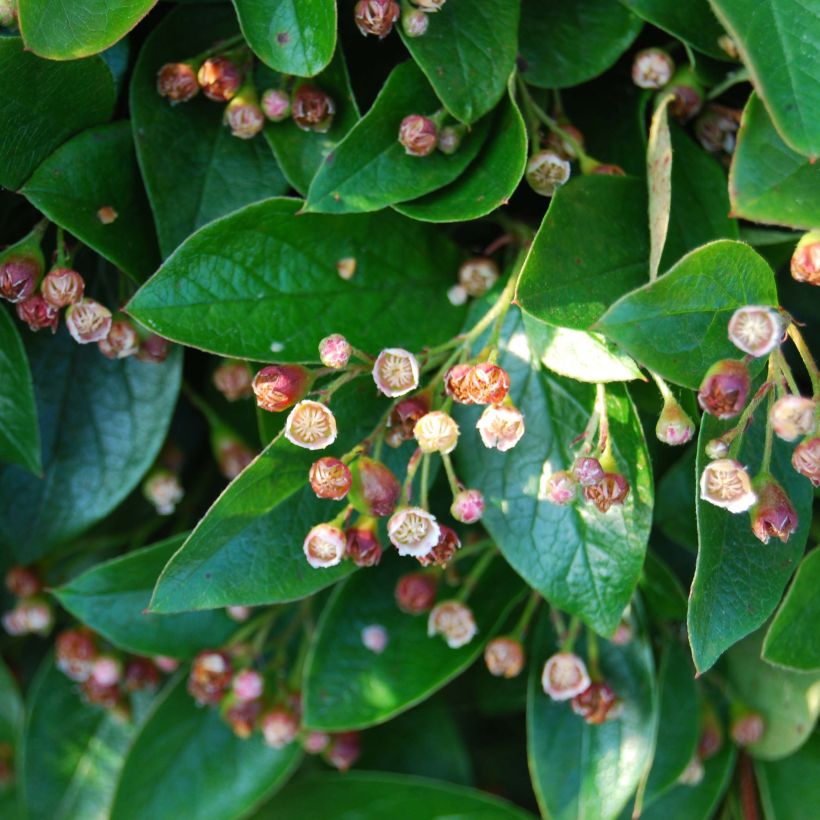

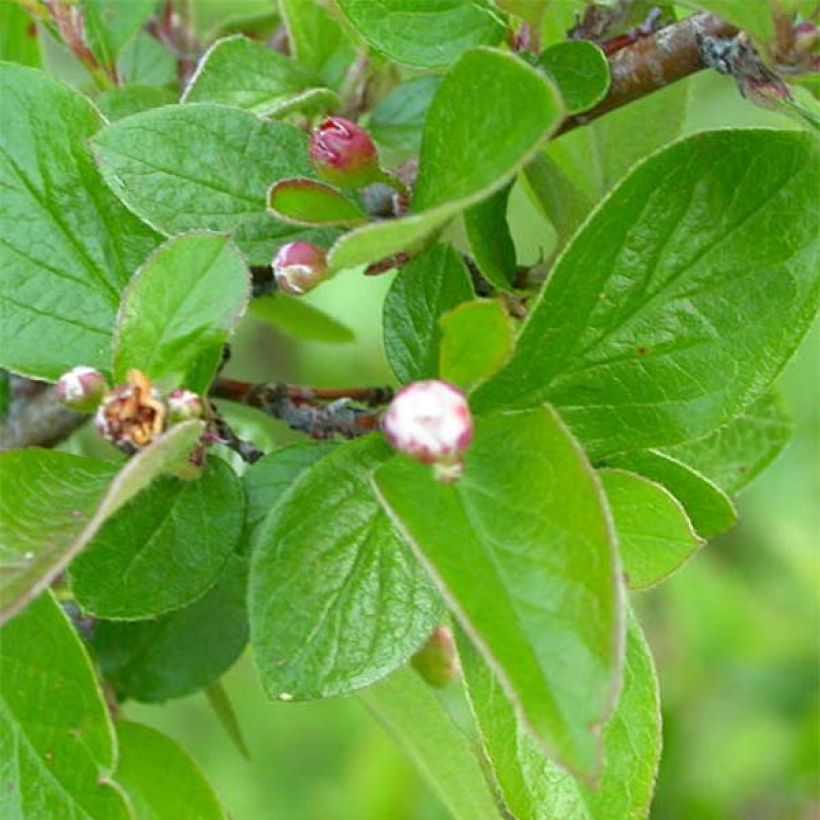

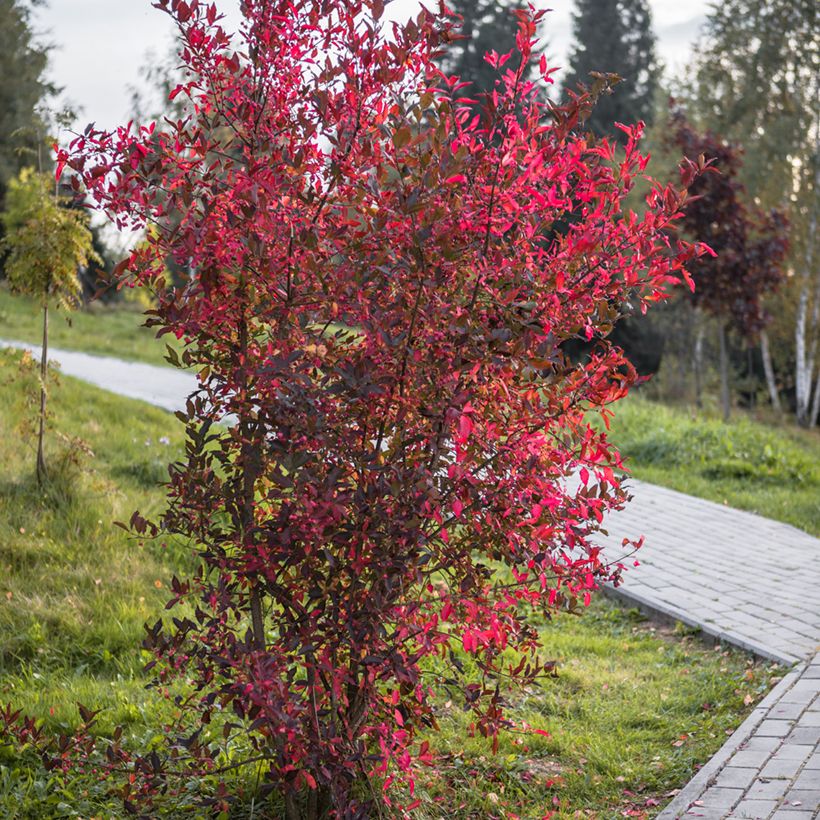

Plant habit
Flowering
Foliage
Botanical data
Cotoneaster
lucidus
Rosaceae
Shiny Cotoneaster, Hedge Cotoneaster
China
Planting and care
Plant Cotoneaster lucidus in a sunny position for it to flower and fruit more abundantly. Partial shade is well tolerated in hot and dry regions. It adapts to any ordinary soil, whether poor, clayey, chalky, or rocky, moist or occasionally dry in summer. Its hardiness is remarkable and its drought tolerance is excellent once established. It withstands sea spray and wind in coastal areas. This bush has few natural enemies. However, it may be susceptible to fire blight and attacks from scale insects or aphids.
Planting period
Intended location
Care
Planting & care advice
-
, onOrder confirmed
Reply from on Promesse de fleurs
Similar products
Haven't found what you were looking for?
Hardiness is the lowest winter temperature a plant can endure without suffering serious damage or even dying. However, hardiness is affected by location (a sheltered area, such as a patio), protection (winter cover) and soil type (hardiness is improved by well-drained soil).

Photo Sharing Terms & Conditions
In order to encourage gardeners to interact and share their experiences, Promesse de fleurs offers various media enabling content to be uploaded onto its Site - in particular via the ‘Photo sharing’ module.
The User agrees to refrain from:
- Posting any content that is illegal, prejudicial, insulting, racist, inciteful to hatred, revisionist, contrary to public decency, that infringes on privacy or on the privacy rights of third parties, in particular the publicity rights of persons and goods, intellectual property rights, or the right to privacy.
- Submitting content on behalf of a third party;
- Impersonate the identity of a third party and/or publish any personal information about a third party;
In general, the User undertakes to refrain from any unethical behaviour.
All Content (in particular text, comments, files, images, photos, videos, creative works, etc.), which may be subject to property or intellectual property rights, image or other private rights, shall remain the property of the User, subject to the limited rights granted by the terms of the licence granted by Promesse de fleurs as stated below. Users are at liberty to publish or not to publish such Content on the Site, notably via the ‘Photo Sharing’ facility, and accept that this Content shall be made public and freely accessible, notably on the Internet.
Users further acknowledge, undertake to have ,and guarantee that they hold all necessary rights and permissions to publish such material on the Site, in particular with regard to the legislation in force pertaining to any privacy, property, intellectual property, image, or contractual rights, or rights of any other nature. By publishing such Content on the Site, Users acknowledge accepting full liability as publishers of the Content within the meaning of the law, and grant Promesse de fleurs, free of charge, an inclusive, worldwide licence for the said Content for the entire duration of its publication, including all reproduction, representation, up/downloading, displaying, performing, transmission, and storage rights.
Users also grant permission for their name to be linked to the Content and accept that this link may not always be made available.
By engaging in posting material, Users consent to their Content becoming automatically accessible on the Internet, in particular on other sites and/or blogs and/or web pages of the Promesse de fleurs site, including in particular social pages and the Promesse de fleurs catalogue.
Users may secure the removal of entrusted content free of charge by issuing a simple request via our contact form.
The flowering period indicated on our website applies to countries and regions located in USDA zone 8 (France, the United Kingdom, Ireland, the Netherlands, etc.)
It will vary according to where you live:
- In zones 9 to 10 (Italy, Spain, Greece, etc.), flowering will occur about 2 to 4 weeks earlier.
- In zones 6 to 7 (Germany, Poland, Slovenia, and lower mountainous regions), flowering will be delayed by 2 to 3 weeks.
- In zone 5 (Central Europe, Scandinavia), blooming will be delayed by 3 to 5 weeks.
In temperate climates, pruning of spring-flowering shrubs (forsythia, spireas, etc.) should be done just after flowering.
Pruning of summer-flowering shrubs (Indian Lilac, Perovskia, etc.) can be done in winter or spring.
In cold regions as well as with frost-sensitive plants, avoid pruning too early when severe frosts may still occur.
The planting period indicated on our website applies to countries and regions located in USDA zone 8 (France, United Kingdom, Ireland, Netherlands).
It will vary according to where you live:
- In Mediterranean zones (Marseille, Madrid, Milan, etc.), autumn and winter are the best planting periods.
- In continental zones (Strasbourg, Munich, Vienna, etc.), delay planting by 2 to 3 weeks in spring and bring it forward by 2 to 4 weeks in autumn.
- In mountainous regions (the Alps, Pyrenees, Carpathians, etc.), it is best to plant in late spring (May-June) or late summer (August-September).
The harvesting period indicated on our website applies to countries and regions in USDA zone 8 (France, England, Ireland, the Netherlands).
In colder areas (Scandinavia, Poland, Austria...) fruit and vegetable harvests are likely to be delayed by 3-4 weeks.
In warmer areas (Italy, Spain, Greece, etc.), harvesting will probably take place earlier, depending on weather conditions.
The sowing periods indicated on our website apply to countries and regions within USDA Zone 8 (France, UK, Ireland, Netherlands).
In colder areas (Scandinavia, Poland, Austria...), delay any outdoor sowing by 3-4 weeks, or sow under glass.
In warmer climes (Italy, Spain, Greece, etc.), bring outdoor sowing forward by a few weeks.






























